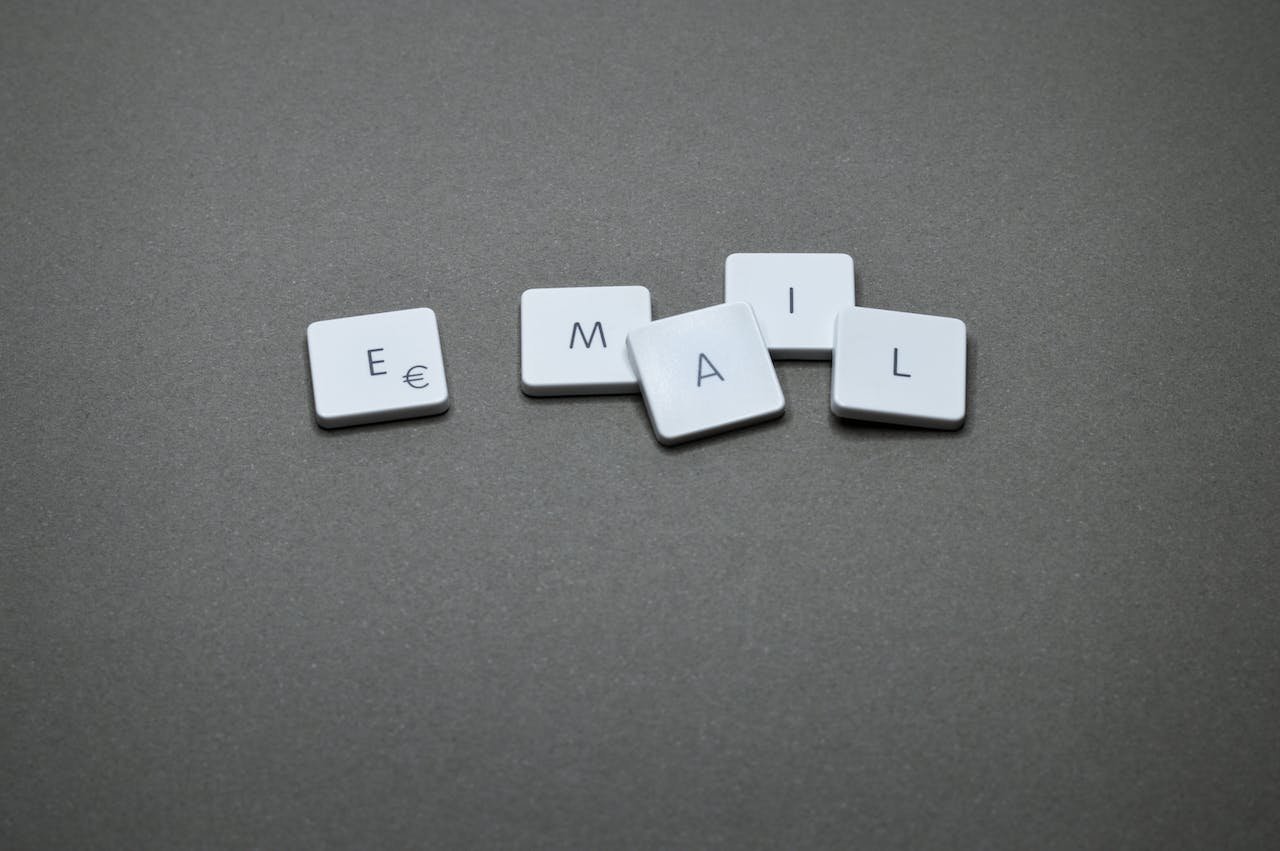In the ever-evolving landscape of digital marketing, email marketing remains a powerful tool for connecting with audiences. However, a common pitfall many email marketers encounter is the temptation to be overly clingy in their communication strategies. This guide aims to explore the nuances of Clingy Email Marketing and provide email marketing professionals with insights into subtler approaches that foster engagement without overwhelming the recipients.
1. Understanding Clingy Email Marketing
1.1 Definition and Characteristics
Clingy Email Marketing can be defined as an aggressive approach that bombards recipients with excessive and intrusive communication. Characteristics of clingy emails include frequent messaging, pushy language, and a lack of personalization. It’s crucial to identify these traits to avoid alienating the audience.
1.2 Negative Impacts on Engagement
Clingy email marketing can lead to a range of negative consequences, such as increased unsubscribe rates, decreased open rates, and damage to the brand’s reputation. Understanding these impacts is crucial for marketers looking to refine their strategies. It’s not just about the numbers; it’s about maintaining a positive brand perception.
2. Building a Subtler Approach
2.1 Personalization and Segmentation
One of the key elements of a subtler approach is personalization. Tailoring content to individual preferences and behaviors can significantly enhance the user experience. Segmentation based on demographics, interests, and purchase history enables marketers to send targeted messages that resonate with specific audience segments. The more personalized the content, the more likely it is to be well-received.
2.2 Optimal Frequency
Determining the optimal frequency of emails is essential to avoid overwhelming recipients. By analyzing engagement metrics and recipient feedback, marketers can identify the sweet spot that ensures consistent communication without crossing into clingy territory. Consider testing different frequencies and monitoring how each affects user engagement.
2.3 Value-Centric Content
Shifting the focus from promotional content to value-centric messaging is a pivotal aspect of a subtler approach. Providing valuable information, educational content, and exclusive insights positions the brand as a valuable resource rather than a relentless promoter. Aim to create content that solves problems, answers questions, or entertains, making your emails a welcome addition to recipients’ inboxes.
3. Implementing Automation Responsibly
3.1 Trigger-Based Automation
Utilizing trigger-based automation allows marketers to send emails based on specific user actions or behaviors. This targeted approach ensures that recipients receive relevant content at the right time, enhancing the user experience without overwhelming them. For example, sending a follow-up email after a user makes a purchase or interacts with a specific webpage.
3.2 Drip Campaigns
Drip campaigns involve sending a series of pre-scheduled emails over time, gradually nurturing leads and guiding them through the customer journey. This method allows for a more measured and strategic approach to communication. Drip campaigns are effective for building relationships at a comfortable pace, preventing information overload.
4. Monitoring and Analyzing Metrics
4.1 Engagement Metrics
Regularly monitoring engagement metrics such as open rates, click-through rates, and conversion rates provides valuable insights into the effectiveness of email campaigns. Analyzing these metrics allows marketers to adjust their strategies based on recipient behavior. It’s not just about sending emails; it’s about understanding how your audience responds to them.
4.2 Soliciting Feedback
Actively seeking feedback from recipients through surveys or direct communication channels helps gauge their satisfaction and identifies areas for improvement. Incorporating recipient input into future campaigns demonstrates a commitment to a more collaborative and respectful communication approach. Pay attention to what your audience is saying to continuously refine your email strategy.
Conclusion
In the competitive world of email marketing, finding the right balance between engagement and intrusion is crucial. By understanding the pitfalls of clingy email marketing and adopting subtler approaches, professionals can build stronger connections with their audiences and foster long-term brand loyalty. Striking this balance requires continuous analysis, adaptation, and a commitment to providing value in every communication. Remember, successful email marketing is not just about reaching the inbox; it’s about establishing a meaningful and enduring relationship with your audience.
